Discover 11 hidden attractions, cool sights, and unusual things to do in Barnstaple (United Kingdom). Don't miss out on these must-see attractions: Museum of Barnstaple and North Devon, Queen Anne's Walk, and Exmoor Zoo. Also, be sure to include Barnstaple Castle in your itinerary.
Below, you can find the list of the most amazing places you should visit in Barnstaple (England).
Table of Contents
Museum of Barnstaple and North Devon
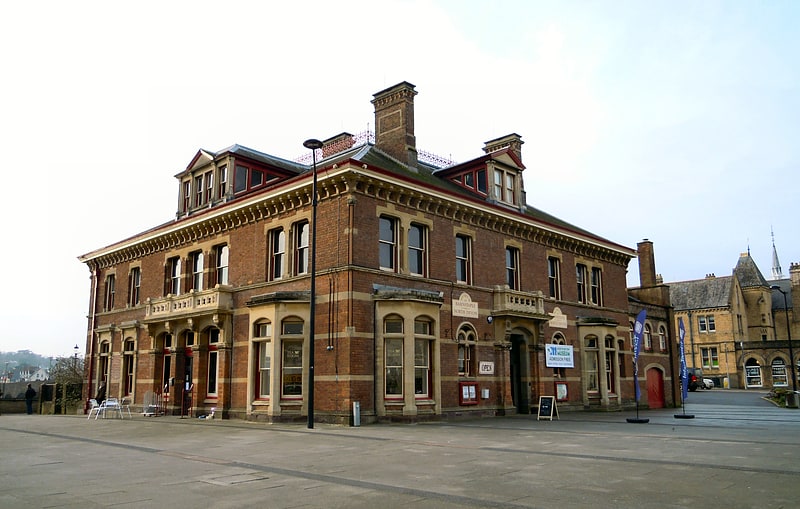
Museum in Barnstaple, England. Museum of Barnstaple and North Devon is a local museum covering the history and culture of the North Devon area and which is located in The Square in Barnstaple in Devon. The displays range from prehistoric times to the Victorian era. The building and its garden railings beside the river front have been Grade II listed since 1988.[1]
Address: The Square, EX32 8LN Barnstaple
Queen Anne's Walk
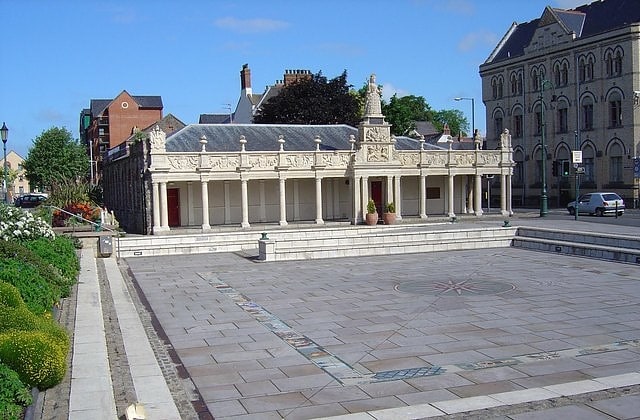
Building in Barnstaple, England. Queen Anne's Walk is a grade I listed building in the town of Barnstaple, North Devon, completed in 1713 as a meeting place for the town's merchants. It is believed to have been designed by the architect William Talman, on the basis of its similarity to his work at the Hall in Drayton, Northamptonshire. It was promoted and financed by the thirteen members of the Corporation of Barnstaple whose armorials are sculpted on and above the parapet, and the work was overseen by Robert Incledon, Mayor of Barnstaple in 1712–13. It has been owned for many decades by North Devon District Council, which currently leases it to Barnstaple Town Council, and now trades as The Cafe on the Strand.[2]
Address: Paternoster Row, EX31 1SX Barnstaple
Exmoor Zoo
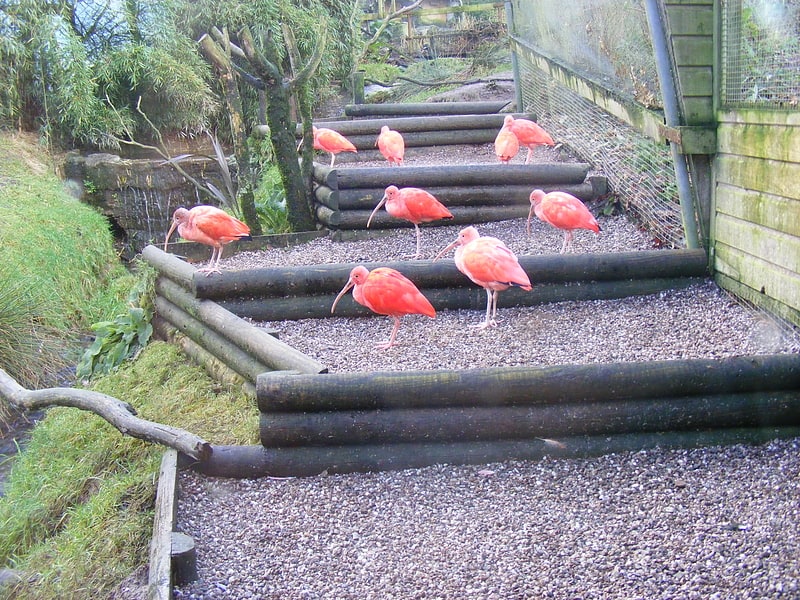
Zoo and small animal conservation centre. Exmoor Zoo is a conservation centre in Exmoor, North Devon, England. The zoo developed from Exmoor Bird Gardens, opened on the site of a farm in 1982. The current owners took over in 1993, and have enlarged and developed the zoo, now specialising in the conservation of smaller animals. The zoo has been a member of BIAZA, the British and Irish Association of Zoos and Aquariums, since 1995 and recently became a member of EAZA in 2018.[3]
Address: South Stowford, EX31 4SG Bratton Fleming
Barnstaple Castle
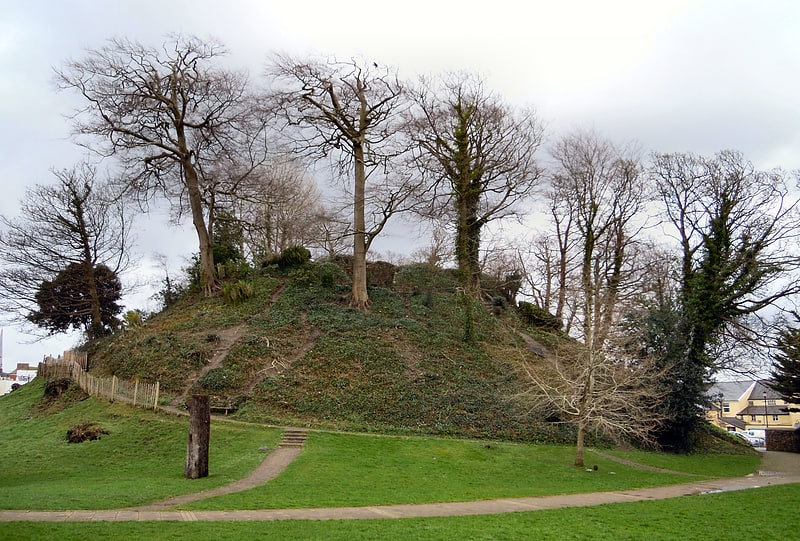
Function room facility in Barnstaple, England. Barnstaple Castle stood near what is now the centre of the town of Barnstaple, Devon. When it was built, it was on the western side of the fortified town and commanded a good view of both the town and its important river crossings. The castle was built on top of an early medieval cemetery.[4]
Albert Clock
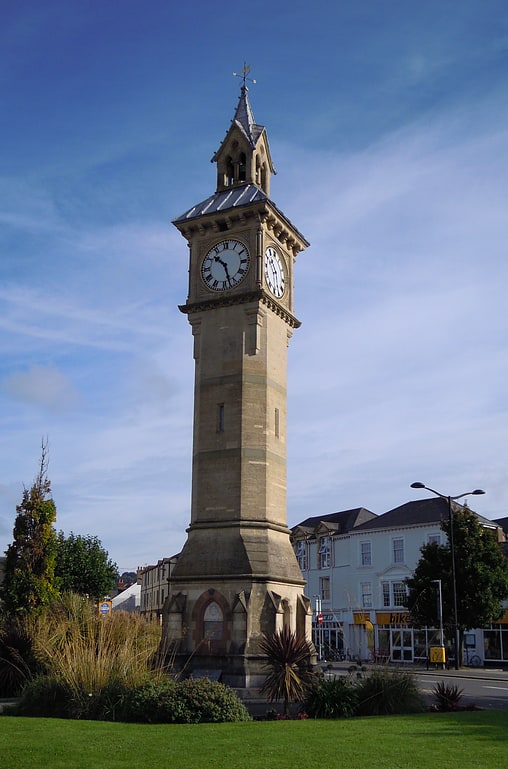
The Albert Clock is a clocktower memorial in Barnstaple in Devon to Albert, Prince Consort, the husband of Queen Victoria. It has been listed Grade II on the National Heritage List for England since 1988.
Located in The Square in Barnstaple, the tower was built in 1862 at the suggestion of the then Mayor of Barnstaple, John Norrington, following the death of Prince Albert in the previous year. The tower was paid for by public subscription with some of the money being raised for the provision of a drinking fountain. The original design was for a tower without a clock.
At its solemn dedication ceremony in 1862 surrounded by local dignitaries the clock's pendulum was set to swing at 11.00 p.m. the hour Prince Albert had died. At the same time the water started to flow from the fountain. As Mayor Norrington, a teetotaller, stepped forward to take the first drink from the fountain a man threw a cupful of what was found to be gin into the water. Norrington was outraged at this indignity to himself, to the Queen and to the memory of Prince Albert. An investigation revealed that the mystery man was John Baker, the landlord of the Mermaid Inn and a local Tory councillor.
Designed by local architect Richard Davie Gould (c1816-1900), the tower is constructed with limestone ashlar with dressings of Devon marble and sandstone together with other local stones and patterned tiles. The tower has an octagonal shaft on a broader octagonal base surmounted with a square and corbelled clock chamber with a clock-dial in each face. The summit consists of a small belfry with a leaded spire and weather-vane. The bell is still inside.
The tower's base has a stair doorway on the South side, while on the North side is a water-trough. At the back of the recess is a panel of coloured tiles with a coat of arms in white marble above it. The drinking fountain, given by Sir William Fraser, MP, has been removed. On the East and West sides are pointed arches of moulded red sandstone with above an arch of different coloured local stones. Within the arches are commemorative marble plaques to Prince Albert.
The Albert Clock Tower was restored in 2009 with funding from Barnstaple Town Council and the Heritage Lottery Fund.[5]
Pilton House
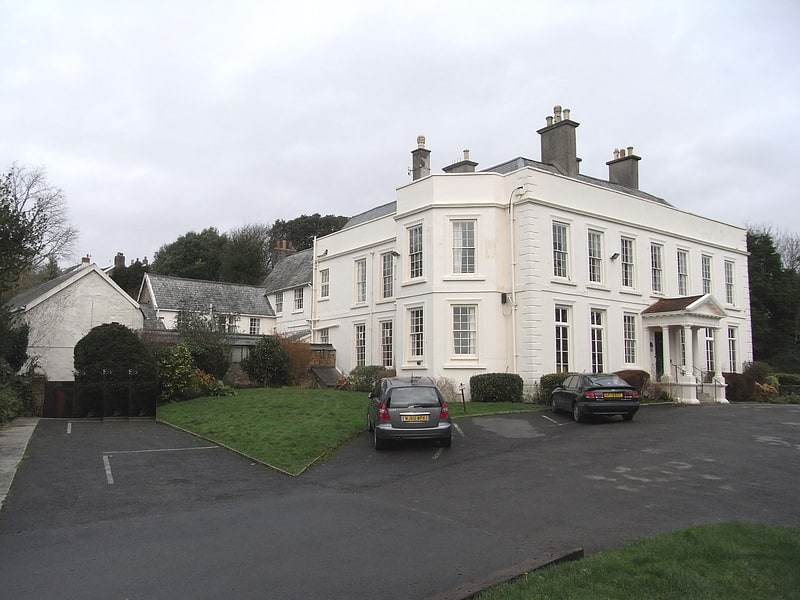
Pilton House in the parish of Pilton, near Barnstaple, North Devon, Ex31, is an historic grade II listed Georgian mansion house built in 1746 by Robert Incledon, twice Mayor of Barnstaple, who was from nearby Braunton. It is situated almost in the centre of the ancient town of Pilton, but had formerly extensive grounds covering at least 20 acres, which extended down "Pilton Lawn", now built over, to the River Yeo. It later served as the residence for various Members of Parliament for Barnstaple, for which it was well suited being only a 10-minute walk from the centre of that town, yet in a secluded situation with extensive grounds, and sufficiently large and grand for entertaining borough officials and electors.[6]
Barnstaple Long Bridge
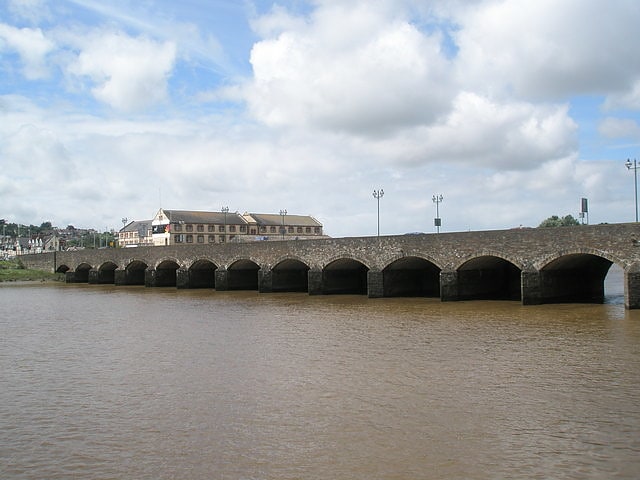
Bridge in Barnstaple, United Kingdom. Barnstaple Long Bridge is a medieval bridge linking Tawstock with Barnstaple in North Devon, England, spanning the River Taw. One of the largest medieval bridges in Britain, it is a Grade I listed building and ancient monument. Another major medieval bridge, the Bideford Long Bridge over the River Torridge, is a few miles away.[7]
Castle Hill

Building in Filleigh, England. Castle Hill in the parish of Filleigh in North Devon, is an early Neo-Palladian country house situated 3 miles north-west of South Molton and 8 mi south-east of Barnstaple. It was built in 1730 by Hugh Fortescue, 14th Baron Clinton, who was later created in 1751 1st Baron Fortescue and 1st Earl of Clinton, the son of Hugh Fortescue, lord of the manor of Filleigh, Weare Giffard, etc. whose family is earliest recorded as residing in the 12th century at the manor of Whympston in the parish of Modbury in South Devon. The Fortescue family became major land owners, influential in British and West Country history. Castle Hill is a rare example in Devon of an 18th-century country mansion "on the grand scale".
The house was substantially reconstructed following a disastrous fire in 1934. It was designated a Grade II* listed building in 1967. The park and gardens are Grade I listed in the National Register of Historic Parks and Gardens. Today the property is leased by Eleanor, Countess of Arran (born 1949), the grand-daughter of Hugh Fortescue, 5th Earl Fortescue (1888–1958).[8]
Queen's Theatre
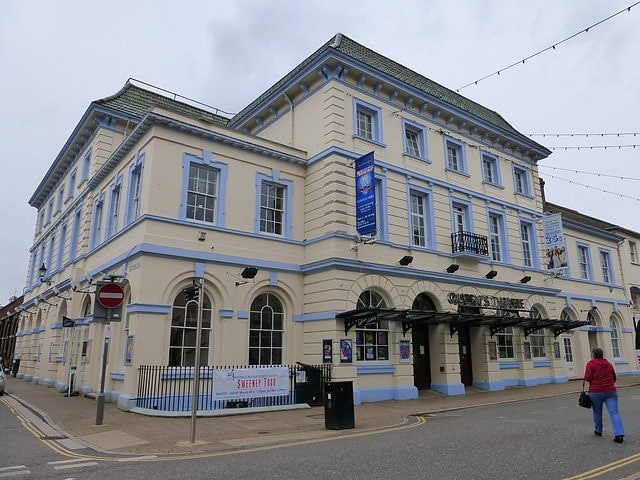
Theatre in Barnstaple, England. The Queen's Theatre is a theatre in Barnstaple, North Devon, England. It assumed its current form in 1993, but the history of theatre in Barnstaple can be traced back to at least 1435, when minstrels, players, jugglers and buffoons were an established feature of Barnstaple's annual fair. Documents indicate that in 1605 a touring troupe, the King's Players visited, and it is believed that William Shakespeare was one of their members.
John Gay, a renowned contributor in the theatre world, best known for the 'Beggar's Opera' was born in Barnstaple. Barnstaple's first theatre was built in Honey Pot Lane in 1760.
By 1832, it had become 'ruinous' and was forced to close. A new theatre, 'The Grecian Hall', opened in 1834. Renamed 'The Theatre Royal' around 1860, it regularly staged popular musicals and musical comedies. By 1880 this too had closed, although performances continued at a large room above the Corn Market which had served as a music hall since 1854.
The 'Theatre Royal' re-opened in 1893 and the music hall, now the 'Albert Hall', in 1897. The two venues operated successfully until just prior to World War I, when the 'Theatre Royal' was demolished. The Albert Hall continued providing musical entertainment until 1941, when it was destroyed by fire, probably from a discarded cigarette. In 1952 the hall was rebuilt as The Queen's Hall. Although with a plain and functional interior, it served the Barnstaple community, for a variety of purposes of live entertainment, antique markets, dog shows and similar functions for over forty years.
In 1993 the local council decided to fully refurbish the building, reopening as The Queens Theatre. The first production in the new facilities - the pantomime Snow White - opened on Christmas Eve that year.
In the summer of 2013 the theatre closed for major backstage refurbishment including a 23 line electric flying system and an electric orchestra pit. There were also minor improvements for access. The theatre reopened on 14 September.
This theatre, along with The Landmark, Ilfracombe is managed by The North Devon Theatres' Trust, a registered charity promoting the arts in North Devon.
On Monday 23 January 2017, it was announced that North Devon Theatres Trust which owns this theatre and The Landmark Theatre in Ilfracombe, had gone into administration. The theatre was bought out of administration and is now run by Parkwood Theatres. The shows started again on 31 May 2017.
On Friday 23 November 2018, it was announced that Selladoor Worldwide had been awarded a 10 Year Contract to manage the venue.[9]
Address: Boutport St., EX31 1SY Barnstaple
Barnstaple Cemetery
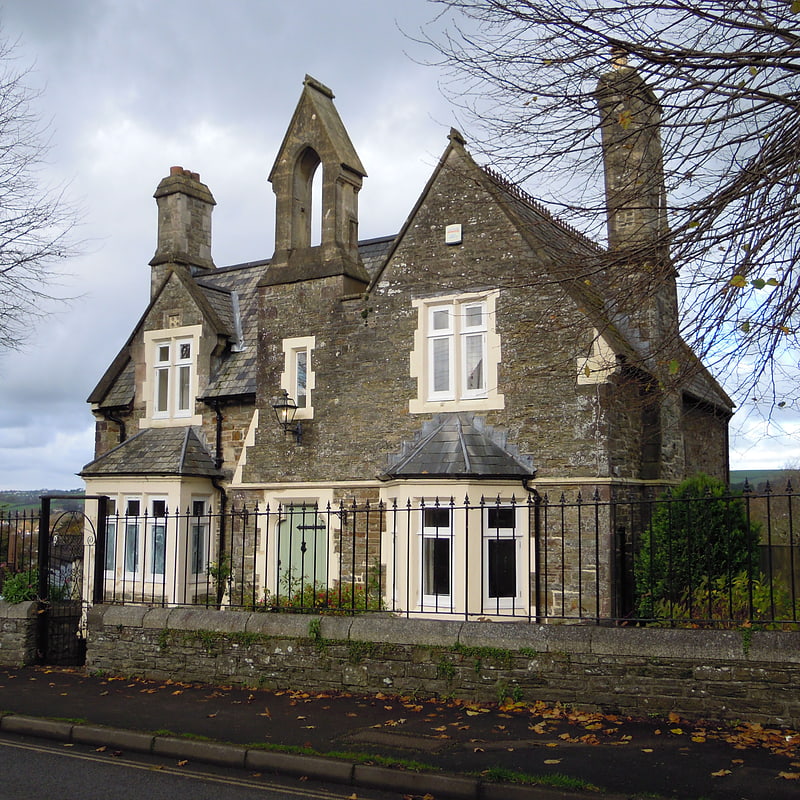
Burial ground. Barnstaple Cemetery is the burial ground for the town of Barnstaple in Devon and is managed by North Devon Council.
The cemetery opened in 1856 for the Barnstaple Burial Board and extends over an area of 13.2 acres and is bisected by a stream between the two slopes on which the cemetery is laid out. It has two chapels and a Cemetery Lodge (now in private ownership), with the Lodge being designed by the Barnstaple Borough Surveyor Richard Davie Gould and having Grade II listed building status since 1999. The main entrance with a small parking area is located on Derby Road in Barnstaple with a pedestrian entrance accessible on Bear Street. The cemetery has a range of grave types set in a mature landscaped setting and incorporates areas for the burial or scattering of ashes. There is also a Children's Area designated for the burial of children. The older part of the cemetery on the Bear Street entrance has been designated as a wild flower area. One of the two small chapels is available to hold funeral services.
The cemetery holds 22 Commonwealth War Graves Commission (CWGC) burials of World War I with a further 20 from World War II, with one being an unidentified airman of the Royal Air Force.
In January 2016 and again in May 2017 mourners were instructed by North Devon Council to remove any tributes from graves that were not touching head stones. The Council said this was necessary because people were breaking rules by placing photographs, messages, lights and other items down the length of graves making it difficult to cut the grass and to reopen graves to bury relatives.[10]
Barnstaple Priory
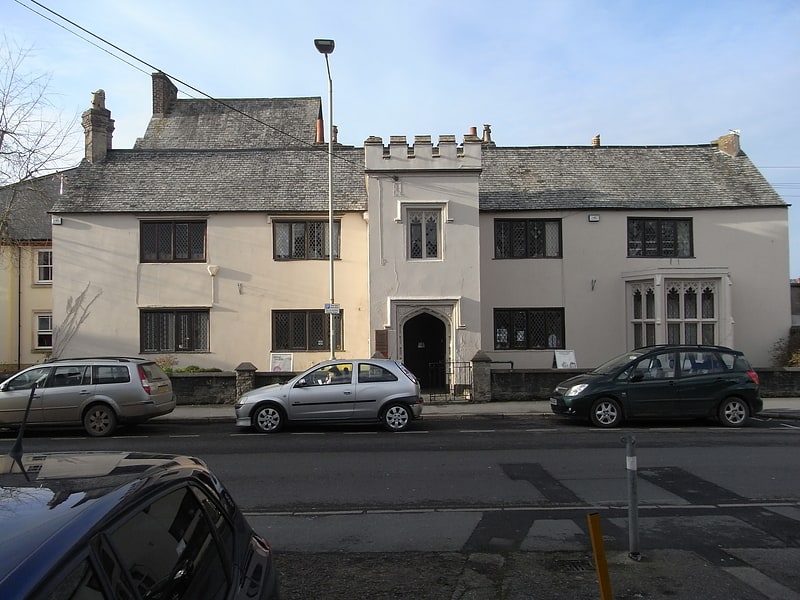
Priory. The Priory of St Mary Magdalene in Barnstaple was a priory in Devon, England. It was founded in about 1107 by Juhel de Totnes, feudal baron of Barnstaple, who had earlier founded Totnes Priory in about 1087 at the caput of his former feudal barony of Totnes, from which he had been expelled. Barnstaple Priory was of the Cluniac order, and was senior to all others of that order in England. It was dedicated to St Mary Magdalene. It was situated on land outside the town walls stretching from the North Gate to the East Gate with the River Yeo forming its northern boundary. Nearby to the north across the River Yeo was the Benedictine Pilton Priory of St Mary the Virgin, a cell of Malmesbury Abbey, founded slightly later, between 1107 and 1199.[11]